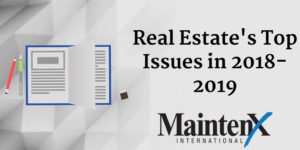What are the advantages and disadvantages of steel and other materials for metal roofing? We’ll discuss the pros and cons of metal roofs. That way, you can decide if metal roofing is a good choice for your home or facility.
Life Expectancy
If properly installed, a metal roof should last as long as the structure. It will also
- Seal water
- Provide superior protection from the elements
- Survive high winds
- Easily protect your structure from heavy snow and rain
Metal roofs are also fire, mildew, insect, and rot resistant.
Warranties differ, but most companies back their products for 20 to 50 years. Paint finishes typically have a 30-year limited warranty.
Weight
Contrasted with the heaviness of tile at 750 pounds for each square (equivalent to 100 square feet) or solid tile at 900 pounds for every square, metal material is very lightweight.
Speed and Ease of Roofing Installation
An accomplished contractor can install these quickly. If your roof is stripped off and a storm is on the way, shortening the process by a day or two may offer a critical advantage. Clearly, if you can shorten the duration of roof installation, there are also considerable labor savings.
Fire Resistance
Because metal roofs are noncombustible, they come with a Class A fire rating. Be advised, though, that part of a roof’s fire classification rests on on the materials beneath the surface that could ignite in intense heat.
Protection from Rain and Snow
Metal roofing is virtually invincible to precipitation like rain and snow, because of the way its panels interlock and owing that its surface is hard and naturally slippery. Dark tones of metal also quickly warm the snow that sits atop it, which speeds the melting process.


